-
Member

Most Common Sizes?
Some of you tie some very small flies. I tie a few patterns down to size 24, but I donít use those little ones very often.
Iím curious what the most common sizes are of the dry flies and the wets or nymphs that we use for trout in small streams.
I tie dry flies for stream trout from size 24 to size 10. The extremes of this range donít see much action, and my most commonly used dry flies are size 16.
I tie wet flies/nymphs for stream trout from size 18 to size 6. My most commonly used sinking flies are size 12.
One more thing. Both the common dry and common wet sizes went up a notch when I moved from an area of heavily fished, fertile spring creeks with educated browns, to an area with rarely fished, less fertile freestone streams with wild though naÔve browns and brook trout.
-
Parr

Re: Most Common Sizes?
my dry fly activities usually occupy the 8-16 range, a few hoppers in size 6, and a few smaller dries outside of the spring/summer dry-fly season, but for small stream use, this pretty much covers it.
I think your change has more to do with going from spring creeks to freestones, than it does to the education level of the fish. But hey, what do I know.
-
Member

Re: Most Common Sizes?
Hi Ernest,
I fish sub #20's exclusively, and mainly #24 and smaller. The US has been a massive inspiration for me, 'though I'm based on the North Coast of Co. Antrim in Ireland. The typical range in the UK & Ireland is #10 - #20. There are inevitably times when a smaller fly presentation will out-fish larger flies, but #14 - #18 covers most dry and nymph situations here. In the states, small flies may be more of a tactical imperative.
I don't get to fish or tie as much as I'd wish, so I decided a couple of years ago to focus on a very narrow spectrum of pursuit... fishing short rods, light lines and small flies.
There's something uniquely wonderful about fishing a 6-7' rod, 2-3 weight line, 7X or 8X tippet and a #24 on small water for wild trout. This approach imparts balance, and feels highly tuned to the environments I fish. A couple of hours in this zone has similar benefits to a long weekend break... ;)
But that's just my take on fly fishing.
Best,
Andy
-
Parr

Re: Most Common Sizes?
Hello Ernest,
For sub-surface, I am primarily in the 20-24 range for midges, BWO, etc., and 16-20 for other nymphs/flymphs.
Dries and soft hackles I usually tie on 14-18 with an occasional 20.
Those are for trout. We also have great warm water fishing in our rivers of South Central Texas. When going after the bass and other warm water fish, I am almost exclusively in the 6-8 range.
Andy--a great take on fly fishing.
-
Member

Re: Most Common Sizes?
Andy covered it for us here in the UK.
Where/when I can I fish dry so the bulk of my fishing is with #14-#20, the places I fish most and the feeding habits of the Trout there mean that if I fish outside those sizes I do it more often by choice than necessity.
-
Alevin

Re: Most Common Sizes?
Size 12 is as large as I*go with 16 and 18 being the most common. Actually, now that I think about it, I do have some #8 poppers I tied a couple years ago for smallmouth bass.
-
Member

Re: Most Common Sizes?
Thanks, guys, for your replies.
Rayfound, you may be right. The spring creeks in the midwest have a lot of food for trout, and the food organisms are generally pretty small. The freestone streams have less to eat, but the food organisms are larger. The trout in the freestoners are looking for a meal, and will take a larger fly opportunistically, even if it's not exactly what they've been feeding on.
Andy, you remind me of a one of our local living legends (coldwater university professor emeritus and researcher, author of several fine books, with a coveted conservation prize named after him). He fishes seldom but well. He doesn't talk about his fishing much, but I tied some flies for him a few years ago, and I know he has set limits for himself, fishing small cane rods and small flies, with which he catches some very large trout.
-
Member

Re: Most Common Sizes?
I fish alot of #20 & #22 in BWO's. I fish mainly #16 in caddis, PMD's, Red Quill's, Royal Wulff's. When I go for brookies I fish #16 in almost any dry I'm carry. It all depends on the water and where I will go.
 Members who have read this thread: 0
Members who have read this thread: 0
There are no members to list at the moment.
 Posting Permissions
Posting Permissions
- You may not post new threads
- You may not post replies
- You may not post attachments
- You may not edit your posts
-
Forum Rules

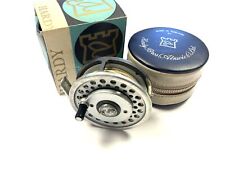
Hardy Marquis #6 Multiplier Reel With Pouch and Box
$310.29
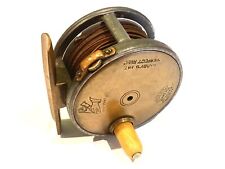
Hardy Brass Face Perfect 2 1/2" Vintage Trout Fly Reel RARE
$2491.05
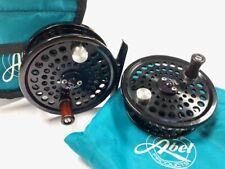
Abel TR2 Fly Reel 3" With Spare Spool And Abel Pouch
$422.44
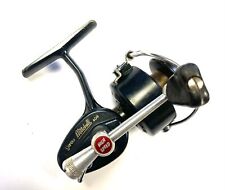
Mitchell Garcia 409 High Speed Fixed Spool Reel French Made 1954 Rare
$185.68
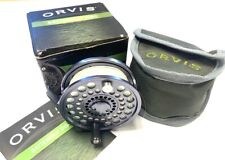
Orvis Battenkill IV Trout Fly Reel With Pouch And Box
$185.68
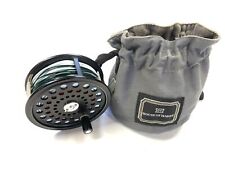
Hardy Ultralite Disc 4″ salmon fly reel with Hardy pouch fine condition
$409.98
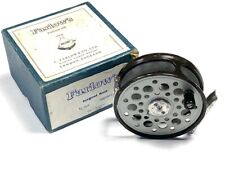
Farlow‚Äôs of London ‚ÄúThe Serpent‚ÄĚ 3.5" Alloy Trout fly reel with box
$123.37
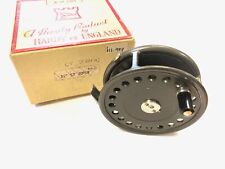
Hardy St John MK II 3 7/8" Trout Fly Reel With Box Mint
$310.29
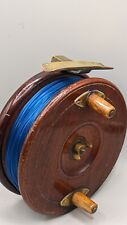
Antique Starback Fishing Reel 5" English, Angling, Edwardian, C.1910
$49.85
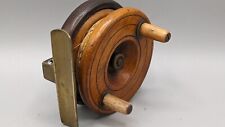
Antique Starback Fishing Reel 6,5cm English, Angling, Edwardian, C.1910
$33.65





 Reply With Quote
Reply With Quote











Bookmarks